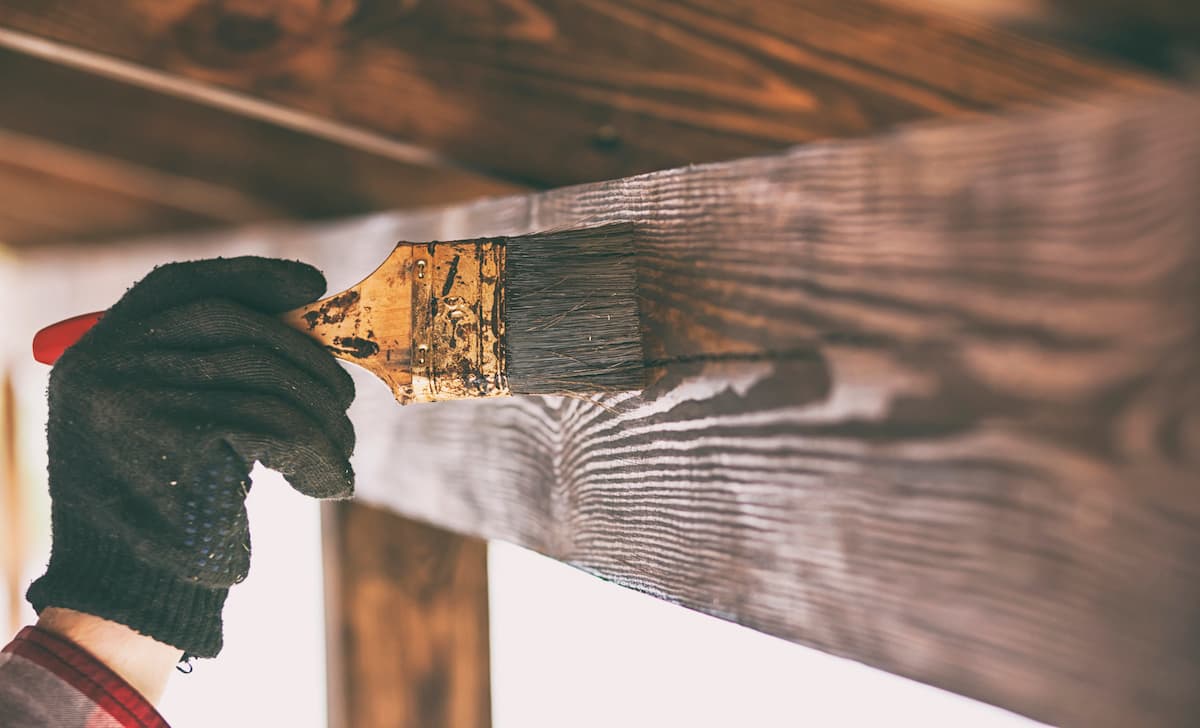
If your garden shed faces the elements – whether it’s blazing sun or pouring rain – you’ll need more than just a pretty finish. A quality varnish protects wood from fading, moisture damage, and everyday wear and tear. Plus, it gives your shed that clean, polished look that actually lasts.
In this guide, we’ll cut through the confusion and help you understand what separates stains from treatments and varnishes. We’ll also show you the best varnish options for various climates and share some pro tips to help you get a perfect finish that stays that way.
If you want your garden shed to look great while standing up to whatever the weather throws at it, varnish is your best friend. Here’s what a good-quality varnish brings to the table:
Ever stood in the DIY aisle, completely stumped about what makes varnish different from stain or treatment? Here’s a straightforward breakdown:
Varnish: A clear, hard coating that sits on top of wood like a protective shield. Usually comes in glossy or satin finishes and is perfect for sealing surfaces against rain, sun, and everyday use.
Wood stain: Soaks into the wood to change its color while offering some protection. It doesn’t create a complete seal, and most stains need a varnish or sealer on top to truly protect the surface.
Wood treatment or preservative: Basic, essential protection for wood. It doesn’t always change how the wood looks, but it helps prevent rot, mold, insect damage, and UV deterioration from the inside out.
Yes – especially if your shed is made from untreated or softwood lumber.
Varnish seals the surface, but it doesn’t protect what’s underneath. A good preservative prevents mold, rot, or water damage from developing beneath the varnish.
Make sure your preservative is compatible with your varnish (water-based with water-based, solvent-based with solvent-based) to avoid adhesion problems.
Skipping this step can cause hidden damage that shows up way too late, so it’s worth doing it right from the start.

Climate conditions vary widely—intense sun in some areas, humidity in others, or frost in mountainous regions. That’s why your shed’s varnish needs to match your local conditions well. Here’s what you should prioritize when choosing the right product:
UV protection: Non-negotiable for preventing your shed from losing color and vitality. Varnishes with UV protection help prevent wear, cracking, and surface degradation—especially important for sun-exposed walls or south-facing gardens.
Water resistance: In many regions, humidity and occasional rain can affect wood if it’s not properly protected. Choose a varnish that repels water to prevent moisture from penetrating and causing swelling, rot, or mold growth.
Flexibility: Wood reacts to changes in temperature and humidity—expanding in damp conditions and contracting in heat. A good varnish should move with these changes without cracking or peeling as the climate shifts.
Easy maintenance: Let’s be honest—nobody wants to sand the entire surface every few years. Look for varnishes that allow touch-ups or reapplication without excessive prep work.
Finish type: From elegant gloss to more understated matte, the choice depends on your personal taste. Keep in mind that glossier finishes tend to highlight imperfections more, while satin and matte are usually more forgiving.
It’s worth remembering that ventilation in your garden shed is essential to prevent moisture buildup. Keep air circulating by opening a couple of windows on opposite sides, and if you spot any issues, act quickly to avoid major damage.
With so many products on the market, choosing the right varnish can feel overwhelming. One brand promises “marine-grade durability,” another boasts “eco-friendly brilliance,” but what actually works for garden sheds?
Here are five standout varnishes, with options based on finish, budget, and maintenance style:
| Product | Approximate Price (750 ml) |
| LUXENS High Protection Varnish | €14.29 |
| PROMADE Pro Exterior Varnish | €12.49 |
| XYLAZEL UV+ Exterior Varnish | €20.49 |
| LUXENS Marine Extreme Conditions Varnish | €17.49 |
| XYLAZEL Water-Based Weather Varnish | €17.95 |

Varnishing isn’t a one-and-done job. Even the best products wear down over time, especially with rain, frost, and intense sun. On average, you’ll need to reapply every 3 to 5 years, depending on varnish quality and your shed’s exposure to sun, rain, and wind.
Weather doesn’t mess around, and neither should you. A garden shed in a very sunny area needs different protection than one in a more humid or shaded spot. That’s why the varnish you choose must match your environment’s conditions.
Take a moment to think about what your garden shed really needs. Don’t just grab the first can on the shelf that says “varnish.” Check the label, make sure it’s right for your wood type, and verify it’s formulated to withstand sun, rain, temperature changes, and everything else. Because when your shed looks good and stays strong, you can enjoy it more and worry less about maintenance.